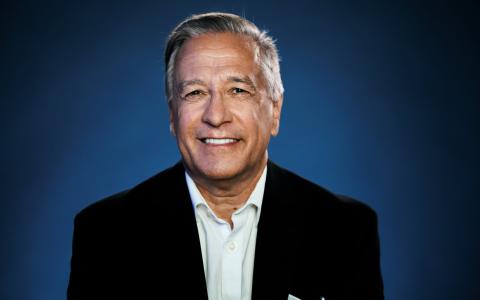
(CNN) - Imagine if just one of your retirement income sources could let you live on $100,000 to $1 million a month.
For the highest-paid executives and board chairs at many S&P 500 companies, that’s not a pipe dream. It’s a very real possibility, thanks to some generous tax-advantaged retirement savings options available to them — but not to rank-and-file employees.
A new report out Thursday from the liberal-leaning Institute for Policy Studies uses data from the Department of Labor and the Securities and Exchange Commission to spotlight what it calls “the retirement divide” between the most highly compensated corporate officers of publicly traded companies and their workers.
‘Top hat’ plans
While public companies must report their CEO-to-worker pay ratio, there is no such disclosure requirement to lay out specifically how much more in tax-advantaged retirement savings their top five executive officers have accumulated, relative to their workers.
Everyone at a company, including top brass, may put money in a 401(k) on a tax-deferred basis — meaning the money you save and any employer match is not subject to tax the year you contribute it, and those savings will grow, untaxed, until retirement.
But there is a legal limit on how much you may save in a 401(k). This year, that limit is $22,500 (or $30,000, if you’re 50 or older).
Top executives, however, can go well beyond that tax-deferred maximum. One of the most generous options that an employer can make available to them is a nonqualified deferred compensation plan — a version of which is called a “top hat” plan or supplemental executive retirement plan (SERP).
Legally, there is no limit on how much they may set aside in those plans, but their company might set one, such as only letting executives put in up to 50% of their salary plus 100% of their cash bonus, said Sarah Anderson, IPS’ global economy project director.
Given that they may earn tens of millions of dollars a year, that kind of limit still means they can save quite a batch on a tax-deferred basis.
How much top execs have set aside
The IPS analysis focused on executives at companies that employ a lot of lower-wage workers as well as executives at select real estate and health care companies.
At Walmart, for instance, where median employee pay is $27,136, IPS found that CEO Doug McMillon had just over $169 million in a nonqualified compensation plan at the end of fiscal year 2022. By contrast, the average Walmart employee’s 401(k) balance was $19,753 at the end of 2021, and 46% of participants in the plan had zero account balances, the report noted.
IPS estimates that if McMillon’s $169 million were used to purchase an immediate annuity, it potentially could generate a payout of roughly $1 million a month.
At Disney, where median employee pay is $54,256, CFO Christine Mary McCarthy had amassed nearly $44 million in a nonqualified plan. Roughly a third of hourly Disney workers with 401(k) accounts had zero balances, according to IPS.
At Ralph Lauren, where median employee pay is $26,670, CEO Ralph Lauren has built up more than $54 million in nonqualified deferred savings. As at Walmart, more than 40% of Ralph Lauren workers in the company 401(k) had zero balances.
The executive who IPS found had built up the greatest amount of nonqualified compensation plan savings was Paul Saville, executive chairman of NVR, which owns Ryan Homes. Saville had amassed $488 million at the end of fiscal 2022. If annuitized, that balance might generate $3 million a month in retirement, IPS estimated.
“That’s 1,514 times as much as a typical American retiree could expect to receive every month, based on the average US Social Security benefit and median 401(k) accounts,” the report’s authors noted.
Narrowing the retirement divide
Many Americans face critical shortfalls in savings as they near retirement.
“Among S&P 500 CEOs with tax-deferred accounts, the average balance at the end of 2021 was $14.6 million. By contrast, the median 401(k) balance at Vanguard, a major provider of such plans, was just $33,472,” the IPS report notes.
To help narrow the retirement divide between highly paid corporate officers and those who work for them, the IPS offers a few policy recommendations.
“One largely overlooked factor in this disparity: the double standard in government retirement subsidies,” the report’s authors wrote. “From a policy point of view, no rational argument exists for allowing certain members of society to shelter unlimited amounts of compensation from taxes simply because of the kind of work they perform.”
They suggest corporate executives should be subject to the same types of rules when it comes to retirement assets as everyone else.
That may mean lawmakers setting a firm limit on how much money may be saved tax deferred in a nonqualified plan, or setting the same tax rules for all employees who may receive equity-based compensation, such as restricted stocks that vest over time.
In addition, IPS advocates for taxing more executive pay to help fund Social Security, a critical safety net for so many retirees, especially those who earned very little or who didn’t have access to a 401(k) in their working years.
Currently, everyone must pay the Social Security tax on the first $160,200 in income. “People who make more than $1 million a year stop paying payroll taxes in February, while most working people pay all year,” the report notes.
By Jeanne Sahadi • CNN
May 18, 2023



